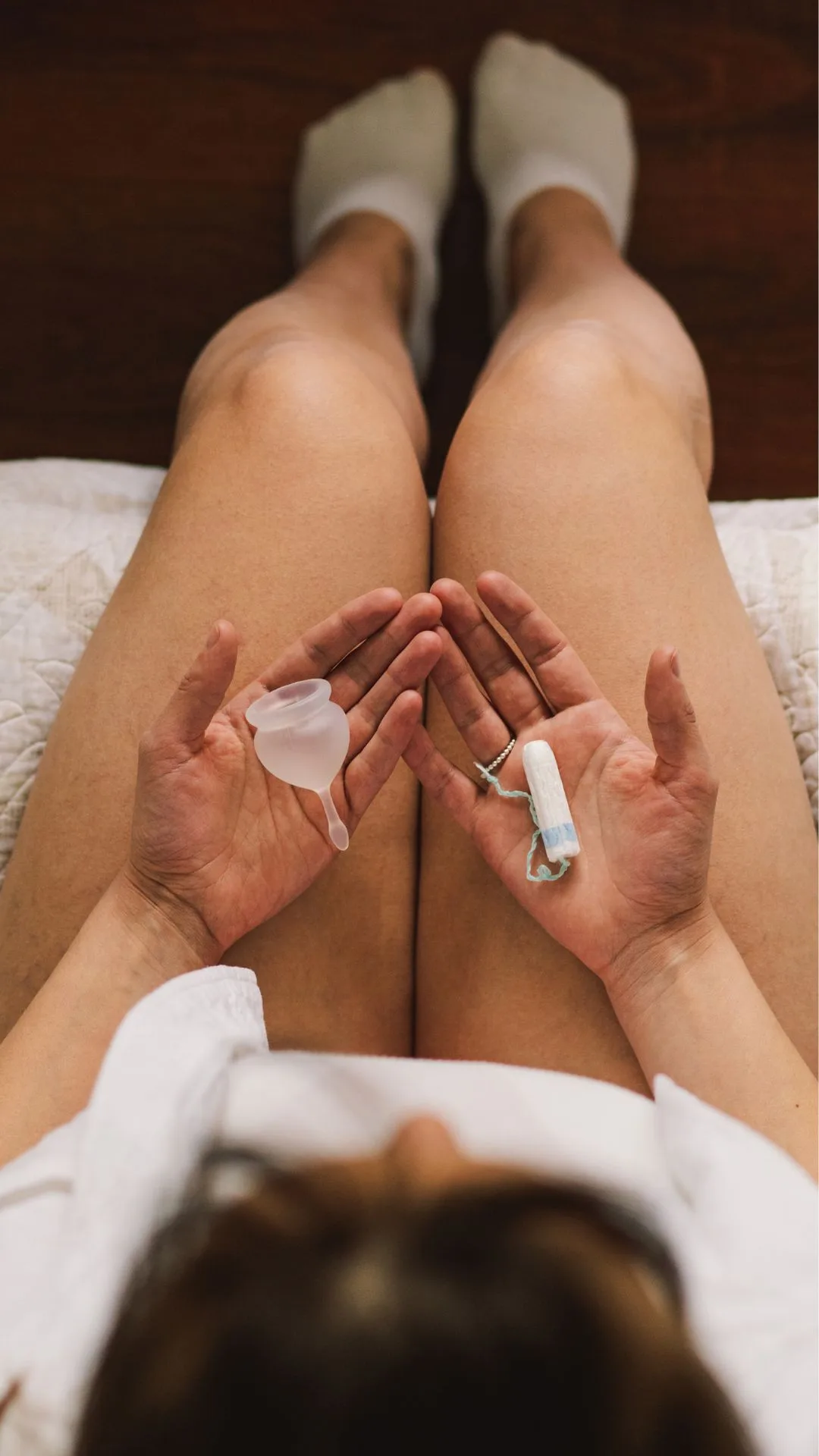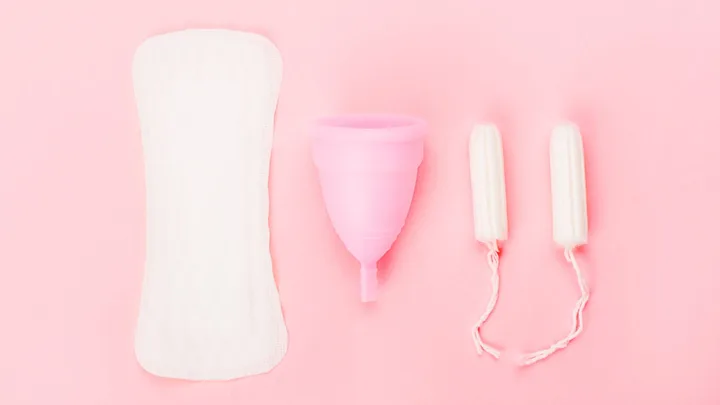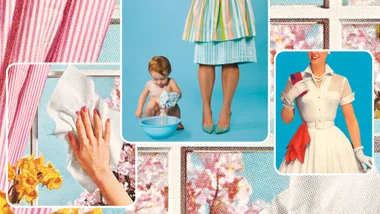It’s been nearly 100 years since tampons were invented but we’re only just finding out what’s in them.
A new study has found “measurable concentrations” of toxic metals in tampons from 14 different best selling tampon brands. These metals include several metals with no “safe” exposure level, including lead and arsenic.
The dangers of heavy metal poisoning are well documented and considering that the average woman is estimated to use 11,400 tampons in her lifetime, this research is highly concerning.
While those buying organic tampons might hope that they would be safe from toxic ingredients, the study revealed that higher concentrations of arsenic were found in organic tampons and higher concentrations of lead were found in non-organic ones.

It’s safe to say those going out of their way to buy organic tampons wouldn’t be expecting something like arsenic to be found in the product.
Postdoctoral scholar and lead author, Jenni Shearston said that the study calls for more research to be done to determine whether the metals could enter someone’s bloodstream via tampons.
“Despite this large potential for public health concern, very little research has been done to measure chemicals in tampons,” Shearston said in a statement.
“I really hope that manufacturers are required to test their products for metals, especially for toxic metals,” Shearston added. “It would be exciting to see the public call for this, or to ask for better labelling on tampons and other menstrual products.”
In 2019, the USA passed a bill called the ‘‘Menstrual Products Right To Know Act 2019’, which legally requires every sanitary product to disclose its ingredients on the packaging.
Since then, there have been more calls for Australia to follow suit. The on-going Australian campaign #notinmyknickers is taking the lead in the fight for more transparency around menstrual product ingredients in Australia.
The goal is to give women (and all of those who use menstrual products) the chance to make an informed choice about the things we’re putting in our bodies.
While other options, like menstrual cups and period underwear, are available and presumed to be safer than disposable products, we don’t have enough research to know exactly how they compare.
Let’s not make women have to wait another hundred years to find out.
 Getty
Getty









